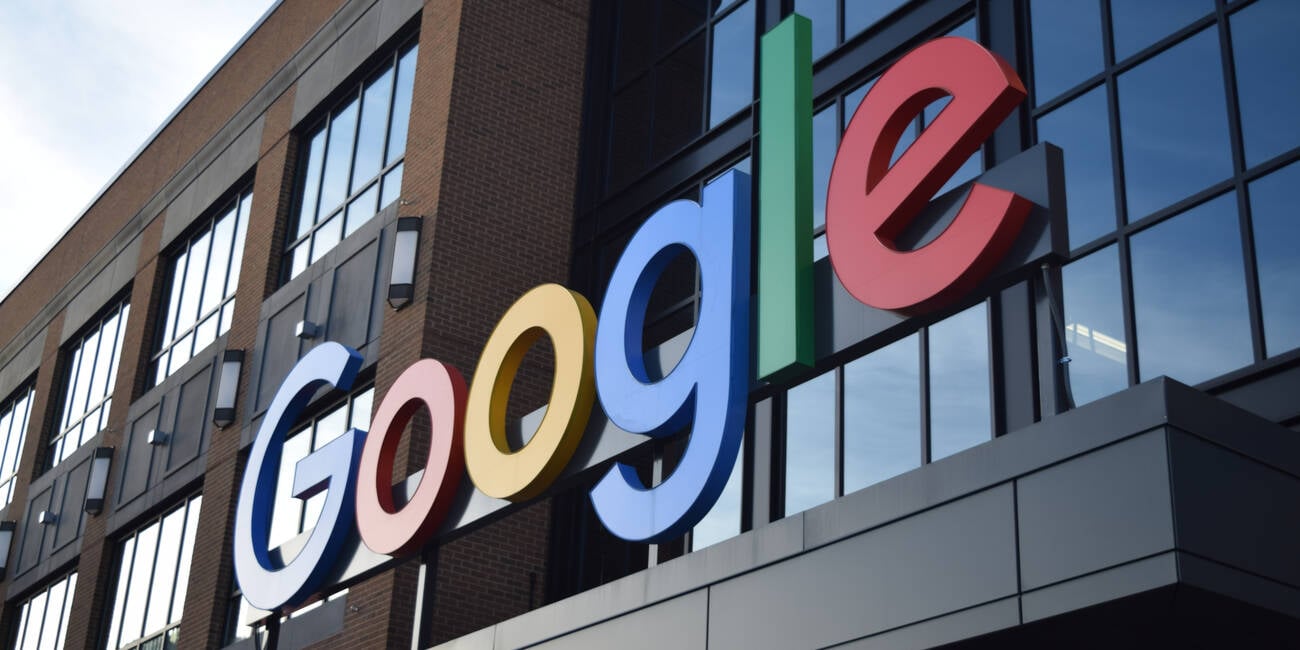Google Challenges US ISPs With 100Gbps Fiber Broadband

Google is planning to offer much faster broadband speeds in the US areas where it operates its fiber networks, all the way to 100Gbps.
Google Fiber, part of the Access division of the search giant's parent company, Alphabet, currently provides a 1Gbps service, and began upgrading its speed in 2021 with the introduction of a 2Gbps product offering downstream bandwidth of 2Gbps and upstream bandwidth of 1Gbps for $100 a month.
That comes up against AT&T Fiber's similar tier at $110, Verizon Fios and Ziply Fiber's 120 plans, and Frontier's Fiber 2-gig is $150, although, of course, Google's $100 pricing may not hold.
The ad giant now says that this was just one step in a journey to making multi-gig speeds widely available and accessible, and claims new multi-gigabit tiers unveiled over the coming months will be "critical milestones on our journey to 100 Gig symmetrical internet."
This was revealed in a blog post by Access CEO Dinesh Jain, who said Google Fiber foresees an internet that depends on faster and faster speeds, which doesn't seem especially controversial. The pricing – if it remains – seems reasonable for a service that is many times faster than the broadband services many Americans have access to.
"We're already closer than you might think. This month, we took our testing out of the lab and into the home, starting with our first trusted tester, Nick Saporito, the Head of Commercial Strategy for GFiber," Jain wrote.
- Consolidation looms for UK broadband providers
- Starlink broadband speeds slow as subscriber numbers grow
- FCC Commissioner demands review of Starlink rural broadband subsidies
- FCC awards $800m for rural broadband development
This test installation at Saporito's home in Kansas City is supposedly capable of providing a download speed of 20.2Gbps, with a screenshot offered to prove it, although curiously omitting the upload speeds.
Jain said he can see a time when communities across America will have at least two, if not three, fiber providers, and that differentiation will then have to be delivered in how the network is built to deliver symmetrical multi-gig speeds at accessible pricing – which is what Google Fiber believes it is doing, of course.
Last month, the company disclosed it was in talks with city leaders in several states, with the goal of introducing its high-speed fiber-to-the-home service in more locations. These included Arizona, Colorado, Nebraska, Nevada, and Idaho, which it said will be the main focus for growth for the next several years, along with continued expansion in existing metro areas.
Such expansion hasn't always gone so well for Google, however. Back in 2019, Google Fiber pulled the plug on its service in Louisville, Kentucky, after agreeing to pay the local authorities $3.84 million for damage to the streets apparently caused by the use of "micro-trenching" techniques that saw fiber lines buried just a few inches below the pavement rather than much deeper down.
According to the company itself, which spun out of Google in 2015, burying trenches less deep than others should save time. ®
Google Leverages AI To Automatically Lock Phones During Theft
Amid increasing incidents of mobile phone thefts, Google has launched an AI-based feature that automatically locks the s... Read more
Microsofts Emissions Surge Nearly 30% Amid AI Demand Growth
Microsoft has reported a nearly 30% increase in its emissions from 2020 to 2023, underscoring the challenges the tech gi... Read more
Impact Of AWS Leadership Change On The Global AI Race
The recent leadership transition at Amazon Web Services (AWS), with Adam Selipsky stepping down and Matt Garman taking t... Read more
The Global Impact Of App Stores On Technology And Economy
Since Apple launched its App Store in 2008, app stores have become a central feature of the digital landscape, reshaping... Read more
Alibaba's Cloud Investment Strategy: Fuelling AI Innovation And Growth
Alibaba Group's cloud business, Alibaba Cloud, has emerged as a powerhouse in the tech industry, spearheading innovation... Read more
Elon Musk Takes On Government 'Censorship': A Clash Of Titans In The Digital Arena
Elon Musk's recent endeavors to challenge government-led content takedowns mark a significant development in the ongoing... Read more

